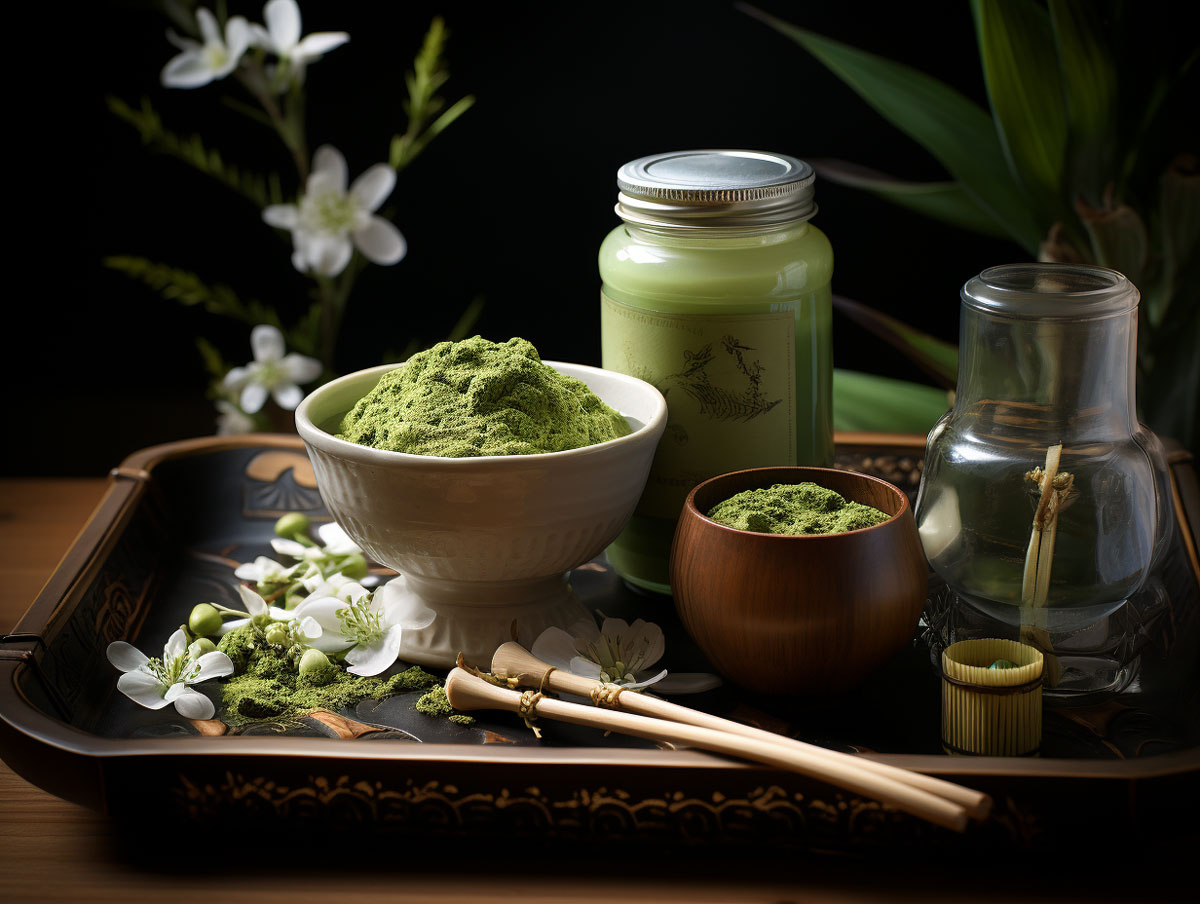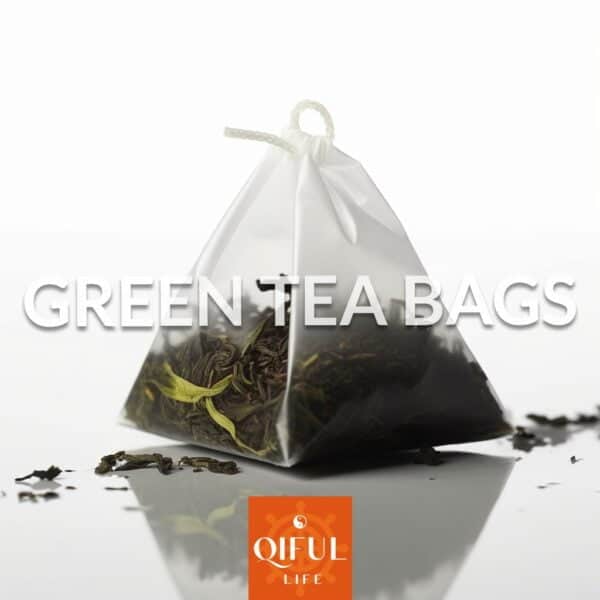In this article we cover all the aspects that make matcha what it is today.
What is Japanese Matcha Tea?
Japanese matcha tea, also known as Japanese Green Tea, is a type of powdered tea made from green tea leaves grown in Japan. It is prepared using 2-3 scoops of matcha powder placed in a bowl that is then whisked and drank directly.
Matcha Types
| Types |
|---|
| Ceremonial Grade |
| Premium Grade |
| Culinary Grade |
| Organic |
| Sweet |
| Traditional |
| Blended |
| Latte Blend |
Production Regions
The most popular matcha production areas in Japan include:
- Uji (Kyoto Prefecture)
- Kagoshima (Kagoshima Prefecture)
- Shizuoka (Shizuoka Prefecture)
- Fukuoka (Fukuoka Prefecture)
- Yame (Fukuoka Prefecture)
Tools for Making Matcha
All matcha is prepared the same way with the same tools. These include:
- Bowl (Chawan)
- Chasen (Bamboo Whisk)
- Chashaku (Bamboo Scoop)
- Hot Water Boiler with Long Spout for Slow Pouring
Matcha Origins and Cultural Significance
The concept of powdered tea was originally introduced to Japan from China. This also included the culture of grinding tea leaves into a fine powder. In Japan, it gained cultural significance through ceremonial rights and specific preparation methods whereas in China it was the norm for most white teas.
Matcha Preparation Process
Instead of steeping powder in sachets as with whole-leaf teas, the Japanese prepare this tea by whisking and stirring it with hot water. This method was believed to produce a better taste and was initially done using spoons and utensils. Later, whisks were introduced to aid in the process.
Grinding
Matcha powder is produced by grinding green tea leaves. Traditionally, this was done by hand using specialized tools, but as demand increased, machines were developed for mass production. Hand grinding is still used for high-end products due to the belief that it results in superior taste and quality.
Whisking
Matcha is traditionally whisked in small bowls, allowing for precise control of the quality. The use of small bowls and limited water volume is common in Japanese tea preparation. Japanese tea ceremonies typically involve smaller groups, influencing this approach.
Utensils and Bowls
The utensil used to serve matcha is similar in appearance to the utensil used in China for scooping out tea leaves from a pot. It’s interesting to note that one culture uses the utensil to put tea into something, while the other uses it to take tea out. Chinese tea pots are typically used for Kung Fu tea, emphasizing steep times, pouring techniques, and other brewing methods.
Bowl Method
The idea of using a bowl for making powder tea originated in China thousands of years ago. While less common than tea pots today, bowls are believed to capture a fresher scent as they are exposed to the air. Matcha drinking, as a result, is synonymous with using a bowl.
Tea Mats
Both Chinese and Japanese tea traditions use mats under teaware. These mats are typically made of bamboo, allowing for quick drying and preventing odors from being absorbed. This is almost always included in any traditional Japanese tea ceremony.
Other Forms of Matcha
Matcha has a lot of overlap with Diancha powder making in China. The biggest difference, however, is the unique green tea leaves Japan produces. These leaves coupled with Japanese attentiveness to tea development and cultural detail is what makes matcha unlike any other tea in the world. Diancha, using white leaves, is making a comeback and is increasingly available both in Asia and western countries. Meanwhile, more the makers are experimenting with black tea and grinding it up, calling it as “black matcha.”
Is Matcha High in Caffeine?
Matcha is considered a high caffeine green tea. Most studies seem to suggest that 1 gram of matcha powder has approximately 60-70 mg of caffeine while 1 cup has roughly 120-140 mg of caffeine. A cup of coffee by comparison has 95 mg of caffeine while a normal green tea such as Biluochun has 20-35 mg.




